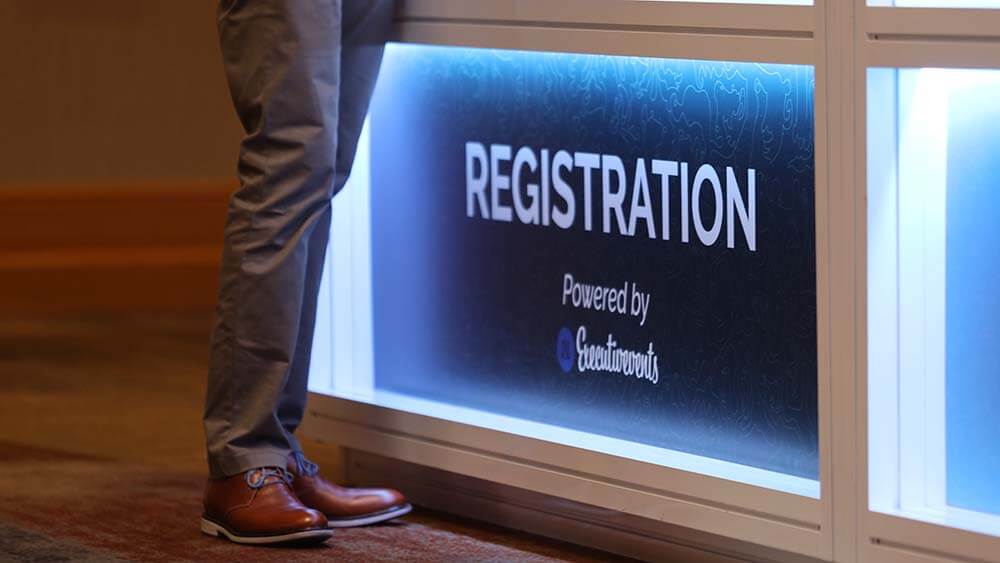
Dave Lutz, CMP, of Velvet Chainsaw Consulting offers a few ideas about getting your registration numbers up before the big event. (Jacob Slaton Photography)
Back in the good ole days (2019), registration pacing data was a useful tool for predicting final attendance and revenue. If you were pacing behind, you could make midcourse corrections.
As we come out of the pandemic, we need a different playbook to drive attendance and earlier commitment. Use these five tips to develop a plan for optimizing registration for your major event in 2022.
Budget realistically. On average, associations are anticipating 2022 registration and revenue will be about 20 percent below pre-pandemic levels. It’s expected that meetings in Q3 or Q4 will outperform those held in the first half of this year.
Adjust your date fees. People’s decision to attend will be made later than normal. Adjust your early-bird deadlines to three to five weeks later — 45 days is the new 90; 30 days is the new 60. You want to drive urgency in the final 10 weeks leading up to the event. A lot of meetings operating in Q1 and Q2 ended up extending their early-bird deadlines multiple times.
Adopt a new pacing model. Instead of using the number of registrants as a comparative pacing model, use percentages. To do this, analyze what percentage of registration revenue you historically averaged each week. Adjust your expectations to factor in changes applied from the previous two tips. If you usually have 60 percent of your registration revenue at the early-bird cutoff, use the same 60 percent as your target using the new date that is three to five weeks later. You will receive more registrants in the last four weeks than ever before.
Remove risk for early commitment. Attendees will not be motivated to save $100 for registering early when you have the same cancellation policy as 2019. Consider changing your policy just for those who register before the early-bird deadline. We’ve seen improved pacing when an association offers worry-free booking with no strings. While you’re at it, also remove processing fees.
Market differently. One of the most effective tactics for moving fence sitters to registrants is influencer-marketing campaigns. You need to provide the social proof to drive the undecided to take action. Develop social and email assets that co-brand and enable committee members, speakers, and exhibitors to share that they are attending. Allow influencers to share a code for users to get a modest discount or other benefit. Recognize and reward your top influencers.
Health & Safety Web Page
A web page for your meeting that is sure to get high traffic will be your health and safety page. How you handle this page will influence the attendee’s decision to attend. Some of the emerging best practices for these include:
- Less copy is best. Go light on the legalese. State your organization’s commitment and participation requirements. Use links to your destinations health and safety requirements.
- Highlight your details on worry-free registration including a call to action.
- Include the date the page was last updated and communicate when you are planning to update the page again.
Related
Read “Enabling Influence Trumps Spraying and Praying,” a Velvet Chainsaw post by Wendy Holliday.
Dave Lutz, CMP, is managing director of Velvet Chainsaw Consulting.
